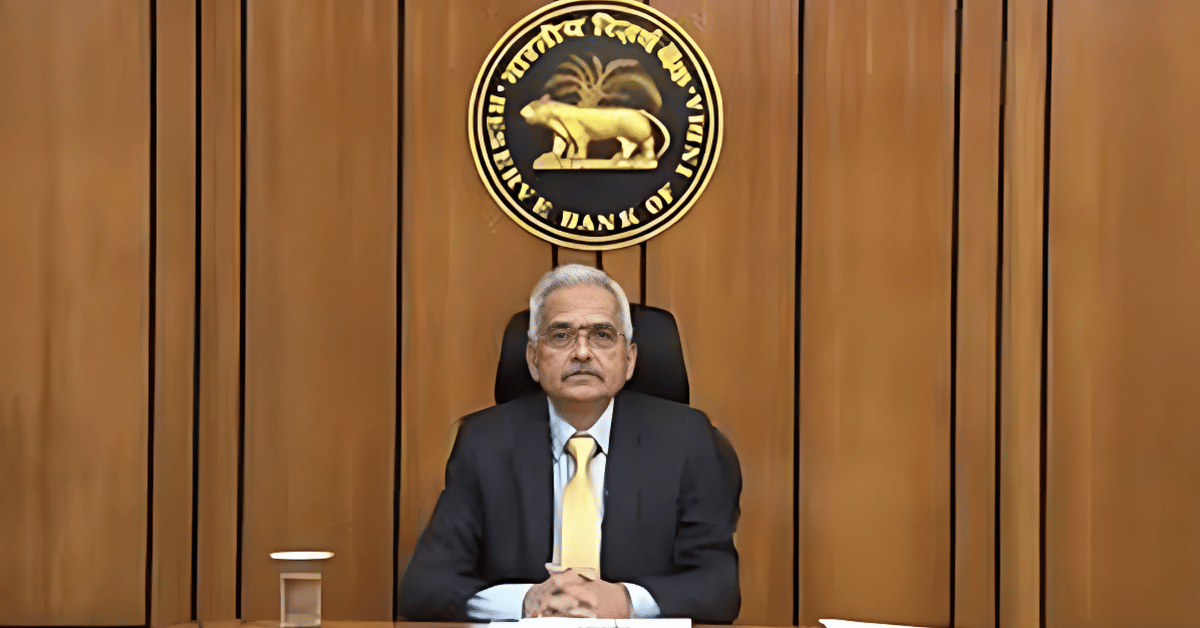The Government of India’s Floating Rate Bond 2024 (FRB 2024) has a 6.97 percent interest rate, which the Reserve Bank of India (RBI) recently revealed. The interest rate will be in effect from May 07, 2023, to November 06, 2023. This action highlights how financial markets are dynamic and react to both local and international economic cues.
Financial instruments known as floating rate bonds have variable coupon rates that are reset at predefined intervals rather than a fixed rate. In particular, the interest rate of the FRB 2024 is calculated using a formula that combines a fixed spread set by auctions with the weighted average yield of the last three 182-day Treasury Bill (T-Bill) auctions.
The RBI’s decision to mirror market expectations and current economic conditions by setting the interest rate for the FRB 2024 at 6.97 percent is important. This rate-setting process is intended to support the central bank’s larger monetary policy goals while providing investors with an equitable and transparent pricing structure.
The RBI explained how the interest rate is calculated, stating that it is recalculated using the average rate of the implicit yields from the cut-off prices of the three 182-day T-Bill auctions that have already taken place. This 365-day calculation attempts to give a solid reference point for the coupon rate of the FRB 2024.
Furthermore, the announcement is made in the context of volatile government bond yields, which have recently shown an upward trend. Concerns over lower-than-expected demand seen during debt auctions caused the benchmark 10-year 7.26% 2033 bond yield to break the 7% threshold, reaching 7.0140%. This development led to selling activity, which temporarily damaged market sentiment.
Bond yields simply fell earlier in the day, with the benchmark 10-year yield hitting 6.9786%, the lowest level since April 8, 2022. The US Federal Reserve’s hint of a prospective halt to rate increases after a much-anticipated 25 basis point increase had an impact on this decline.
The spread between the RBI’s repo rate and the benchmark 10-year bond yield has also been affected by fluctuating bond yields; it briefly shrank to less than 50 basis points, its lowest level since September 2017. This emphasizes how domestic financial markets are impacted by global economic factors and how interconnected they are.
The bond yield followed the trend of gradual easing seen in the weeks prior, ending the week 11 basis points lower despite the volatility. This adjustment, which was seven basis points in the previous two weeks, is a reflection of how market players are reacting to changing policy signals and economic narratives.
These advancements have wider ramifications than just the short-term effects on the market. They draw attention to the complex interactions that exist between investor sentiment, central bank policies, economic data, and global market dynamics. These swings highlight the importance of taking a balanced approach to investing decisions, taking long-term economic fundamentals and short-term volatility into account.
Future developments in the state of the world economy, the actions of central banks, and domestic policy initiatives will probably be closely watched by market participants. These variables will keep influencing investment strategies and financial decision-making by determining the direction of bond yields, interest rates, and general market sentiment. Aiming for steady growth and stability in the financial markets, stakeholders from a variety of industries will navigate these dynamics as the economy changes with caution and adaptability.
Also Read: How Digital Finance Has Revolutionized Lives





